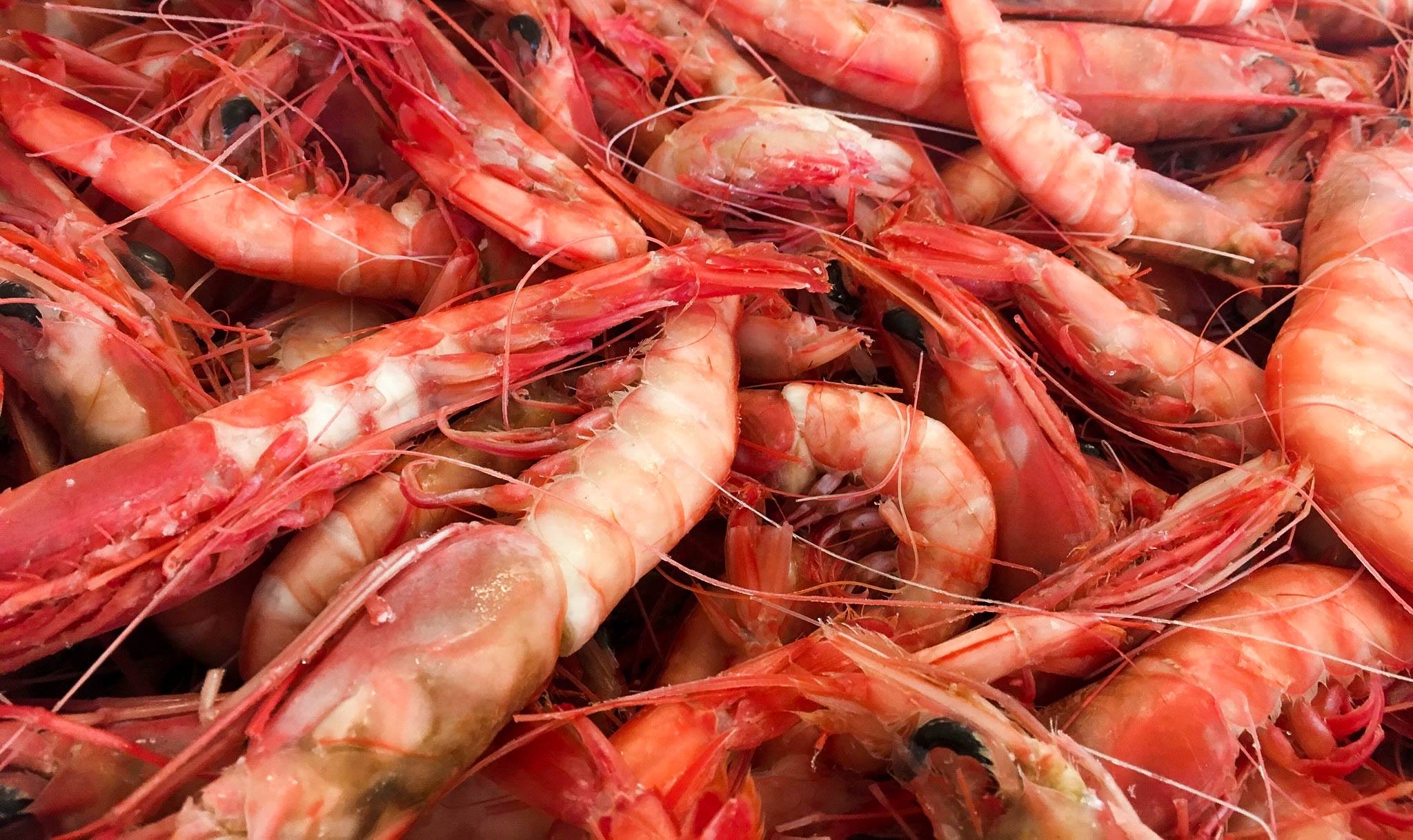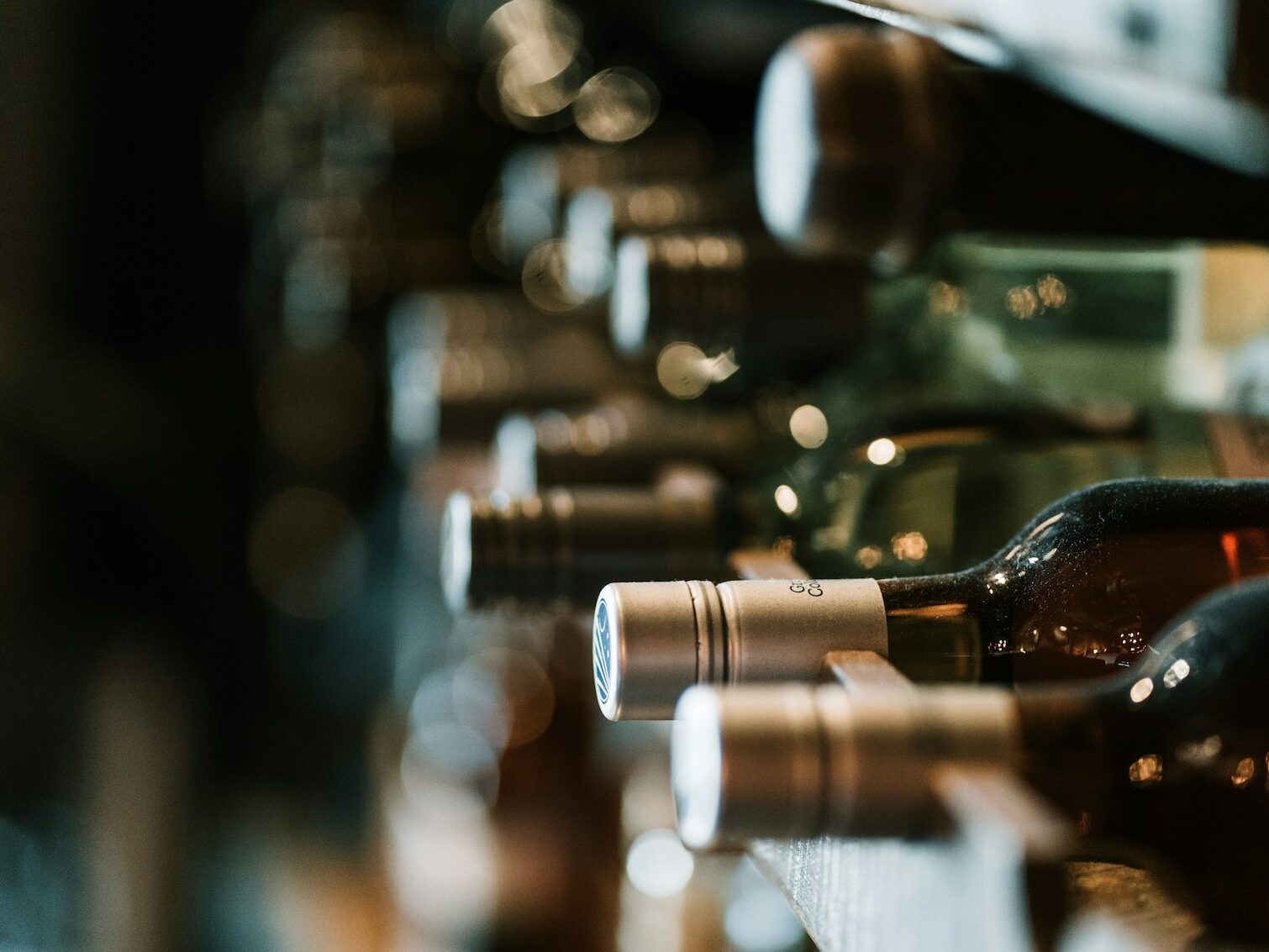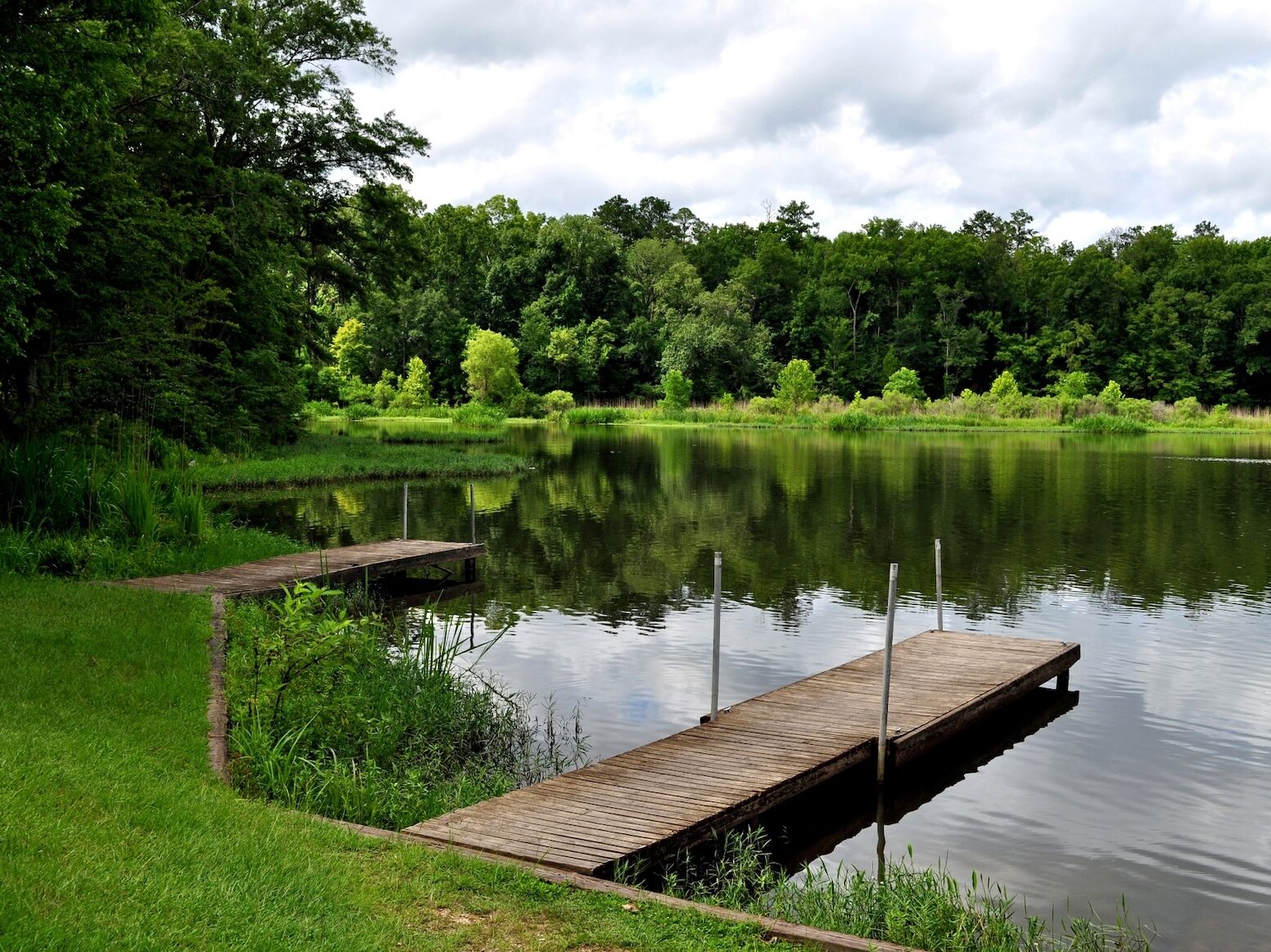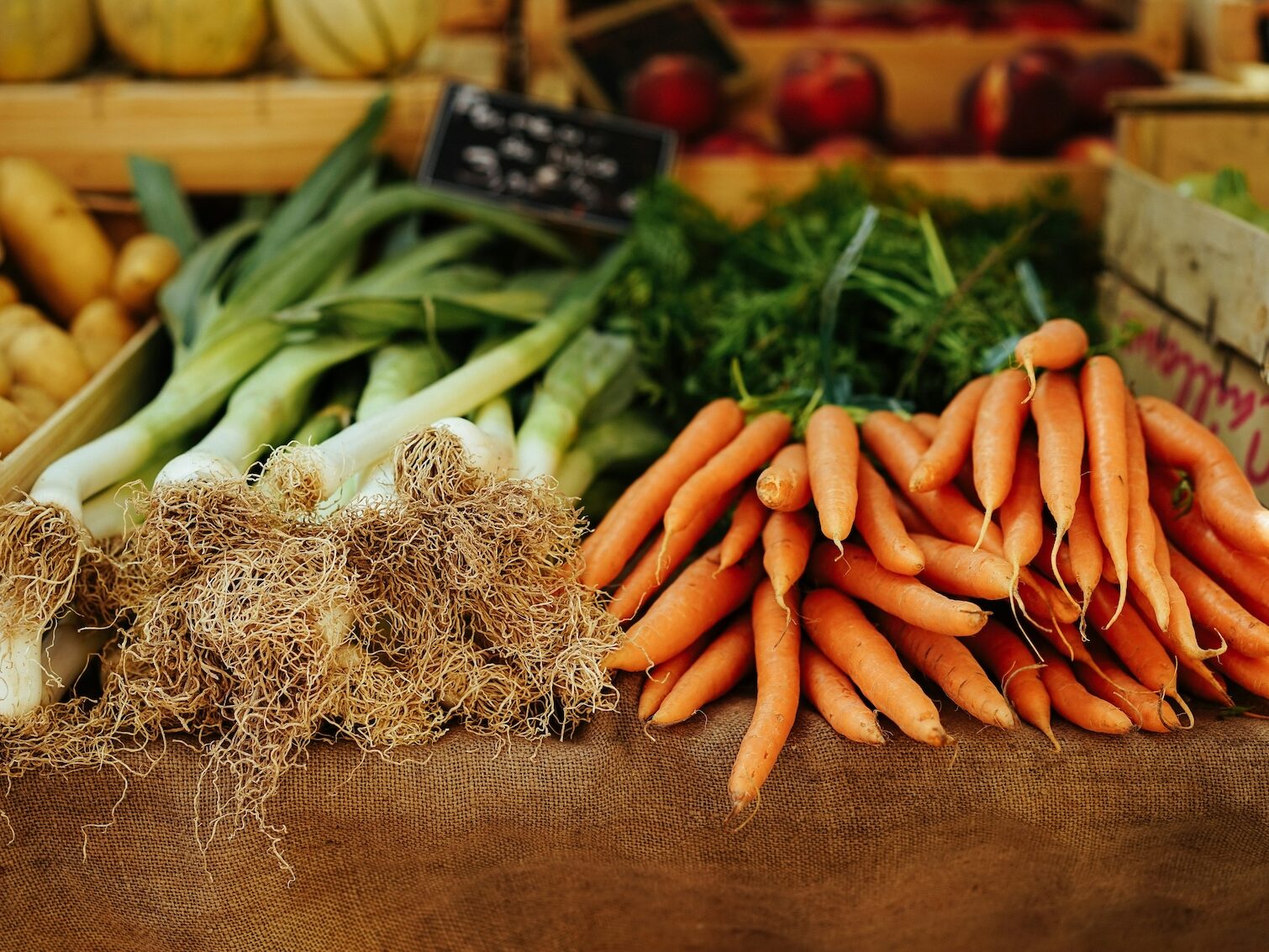[fusion_builder_container hundred_percent=”no” equal_height_columns=”no” menu_anchor=”” hide_on_mobile=”small-visibility,medium-visibility,large-visibility” class=”” id=”” background_color=”” background_image=”” background_position=”center center” background_repeat=”no-repeat” fade=”no” background_parallax=”none” parallax_speed=”0.3″ video_mp4=”” video_webm=”” video_ogv=”” video_url=”” video_aspect_ratio=”16:9″ video_loop=”yes” video_mute=”yes” overlay_color=”” video_preview_image=”” border_color=”” border_style=”solid” padding_top=”” padding_bottom=”” padding_left=”” padding_right=”” type=”flex”][fusion_builder_row][fusion_builder_column type=”1_1″ layout=”1_1″ background_position=”left top” background_color=”” border_color=”” border_style=”solid” border_position=”all” spacing=”yes” background_image=”” background_repeat=”no-repeat” padding_top=”” padding_right=”” padding_bottom=”” padding_left=”” margin_top=”0px” margin_bottom=”0px” class=”” id=”” animation_type=”” animation_speed=”0.3″ animation_direction=”left” hide_on_mobile=”small-visibility,medium-visibility,large-visibility” center_content=”no” last=”true” min_height=”” hover_type=”none” link=”” border_sizes_top=”” border_sizes_bottom=”” border_sizes_left=”” border_sizes_right=”” first=”true”][fusion_text columns=”” column_min_width=”” column_spacing=”” rule_style=”default” rule_size=”” rule_color=”” content_alignment_medium=”” content_alignment_small=”” content_alignment=”” hide_on_mobile=”small-visibility,medium-visibility,large-visibility” sticky_display=”normal,sticky” class=”” id=”” font_size=”” fusion_font_family_text_font=”” fusion_font_variant_text_font=”” line_height=”” letter_spacing=”” text_color=”” animation_type=”” animation_direction=”left” animation_speed=”0.3″ animation_offset=””]
Royal Red shrimp is one of Alabama’s great delicacies.
Living in deeper waters and harder to catch than the more common brown, white and pink varieties, reds are relatively rare. They require special treatment from sea to store, which partly explains why they command a premium price. Cooking them demands a light and practiced touch.
But one bite explains why the state seafood commission dubs Royal Reds “the crowned jewel of Alabama Shrimp.” They’re majestic.
Rich in fat, they are sweeter than their shallow-water Gulf counterparts. The flavor of this regal species (Pleoticus robustus, for those keeping track) is often compared to lobster, scallop and crab.
The ruby-fleshed shrimp is fished from New England to French Guiana in South America. The best, experts say, is found in the Gulf of Mexico between the Florida Panhandle and the Mississippi – basically off our home state.
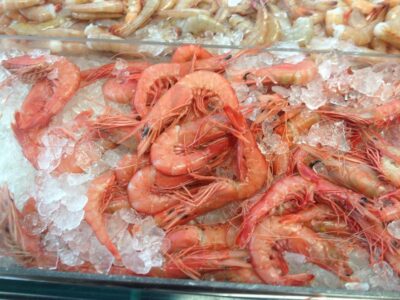
(Sexton’s Seafood Inc./Facebook)
Ruby Reds are netted up to 60 miles off the Alabama coast at depths from 1,200 feet to 1,800 feet; they prefer a cooler environment, roughly 50-degree water. Most brown, white and pink shrimp are caught close to the shore.
Only a few Alabama trawlers are equipped to drag such deep waters, and the shrimpers need a federal permit to do so.
With a delicate texture and short shelf life, they’re flash-frozen on board to preserve freshness. Although the catching season off Alabama generally runs from late summer into late fall, peaking in September, the routine practice of freezing the shrimp promotes year-round availability.
Royal Reds, which barely were fished in the Gulf before the 1970s, built their initial following mostly among the crustacean cognoscenti living along the coast. But word gradually flowed inland.
They’re about the size of brown shrimp, seven inches to nine inches long. Generally sold head-on, some markets also offer tails, too. If you can’t find Royal Reds in your local seafood market, some wholesalers, including Gulf Shores Seafood, will ship.
The best cooking methods are boiling or steaming, simple preparations that show off their special flavor. But they also are mighty tasty served fried, sauteed, broiled, or grilled.
Because of their natural brininess, hold off on salting until ready to serve, if not at the table. Also, they only need half of the cooking time versus standard brown, white, or pink shrimp. Aquila Seafood in Bon Secour recommends a three-minute limit, regardless of the method.
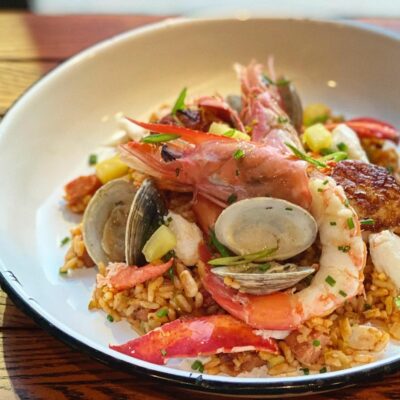
(Alabama Seafood/Facebook)
Royal Reds are great peel-and-eat shrimp – some say you don’t need cocktail sauce or other adornments. Saute peeled meat with butter, lemon, and garlic, or use that mixture as a dip for grilled Royal Reds.
They’re a great addition to shrimp and grits, or rice dishes like risotto, paella, and pirlou. Be sure to use the shells and heads to make shrimp stock for cooking your grits or rice.
If you’re into home sushi, freshly-thawed Royal Reds are perfect for ama ebi – raw tails (freezing helps kill potential parasites), served with tempura-fried heads.
For some it’s hard to imagine a late-summer trip to Gulf Shores or Orange Beach without gorging on at least one order of Royal Reds. Back home, their appearance on a restaurant menu or in a seafood market eliminate are decisive for fans.
They know. This shrimp stands tall.
[/fusion_text][/fusion_builder_column][/fusion_builder_row][/fusion_builder_container]
